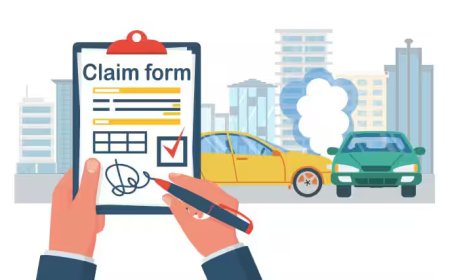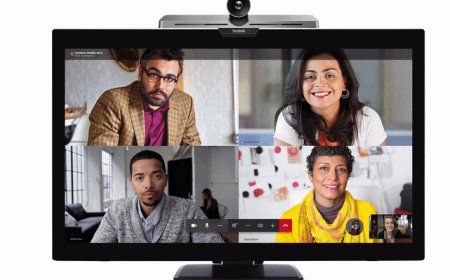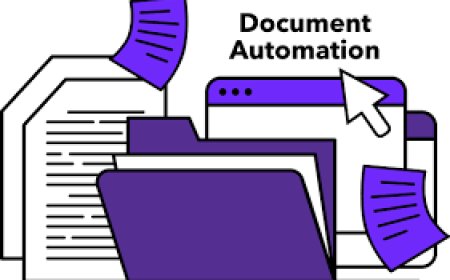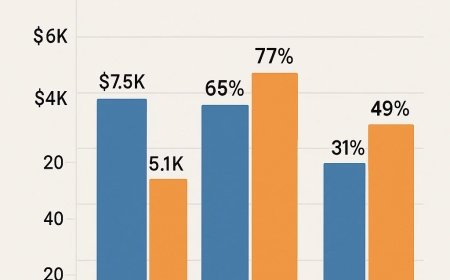Best Practices to Secure Your Crypto Wallet from Hackers and Scams
Protecting your digital assets starts with the right habits. From using hardware wallets to avoiding phishing traps, this guide covers the top best practices for maintaining a secure crypto wallet. Discover how to choose the safest crypto wallet, secure your seed phrase, and stay ahead of evolving threats. Don’t risk your crypto—secure it smartly
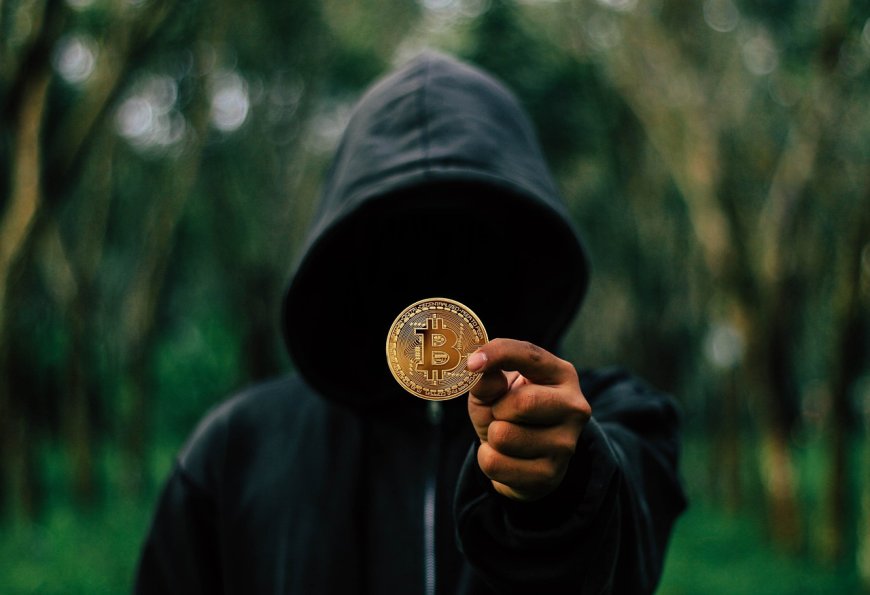
As cryptocurrencies become more mainstream, so do the risks associated with storing and managing digital assets. Hackers, phishing scams, and malware are increasingly targeting crypto holders. Whether you're a beginner or a seasoned investor, ensuring your wallet is protected should be your top priority. In this article, well explore best practices to help you maintain a secure crypto wallet and identify what makes the safest crypto wallet for long-term use.
1. Choose the Right Type of Wallet
The first step to securing your crypto is selecting the right wallet type. There are two main categories:
-
Hot wallets (connected to the internet): These include mobile apps, desktop wallets, and web wallets. Theyre convenient for daily use but more vulnerable to online threats.
-
Cold wallets (offline storage): These include hardware wallets and paper wallets. They offer much stronger security, making them ideal for long-term storage.
If your primary concern is security, consider using a cold wallet as your main storage option. The safest crypto wallet is usually one that never connects to the internet unless absolutely necessary.
2. Use a Hardware Wallet for Large Holdings
Hardware wallets like Ledger, Trezor, or SafePal are widely regarded as the safest crypto wallets available. They store your private keys offline and require physical confirmation to complete transactions, greatly reducing the risk of remote hacking.
Keep the recovery phrase (seed phrase) that comes with your hardware wallet in a safe, offline place. Never take a photo of it or store it on cloud-based services.
3. Enable Two-Factor Authentication (2FA)
For any wallet or exchange you use, enabling two-factor authentication is essential. This adds an extra layer of security by requiring a one-time code sent to your phone or generated by an authentication app like Google Authenticator.
Avoid using SMS-based 2FA if possible, as SIM swap attacks can compromise your number. Authenticator apps are generally safer.
4. Keep Your Recovery Phrase Secure and Offline
Your recovery or seed phrase is the master key to your crypto wallet. If someone gains access to it, they can control your funds. To secure it:
-
Write it down and store it in multiple safe locations.
-
Consider using fireproof and waterproof materials for physical backup.
-
Avoid digital storage like emails, notes apps, or screenshots.
This simple practice can be the difference between recovering your wallet or losing everything.
5. Use Strong, Unique Passwords
Whether you're using a secure crypto wallet app or logging into a centralized exchange, use strong, unique passwords. A good password should:
-
Be at least 12 characters long.
-
Contain a mix of uppercase, lowercase, numbers, and special symbols.
-
Avoid common phrases or personal information.
Use a password manager to generate and store your credentials securely.
6. Watch Out for Phishing Scams
Phishing is one of the most common ways hackers steal crypto. Scammers often pose as wallet providers, exchanges, or customer support to trick users into giving away their login details or seed phrase.
To protect yourself:
-
Never click on suspicious links in emails or messages.
-
Always double-check URLs before logging in.
-
Bookmark your wallets official site and only access it through that bookmark.
The safest crypto wallet providers often include built-in warnings or anti-phishing protections, so choose a wallet that prioritizes user safety.
7. Keep Your Wallet Software Up to Date
Developers regularly release updates to patch vulnerabilities and improve security features. Whether you're using a desktop wallet, mobile app, or hardware wallet, ensure it's always updated.
Set reminders to check for firmware or software updates regularly. Delaying an update could expose your wallet to known security flaws.
8. Use a Multi-Signature Wallet for Extra Protection
A multi-signature (multisig) wallet requires more than one private key to authorize a transaction. This is especially useful for joint accounts, DAOs, or individuals managing large portfolios.
Multisig wallets reduce the risk of a single point of failure. Even if one key is compromised, the hacker cannot access the funds without the others.
9. Avoid Public Wi-Fi and Untrusted Devices
Accessing your crypto wallet on public or unsecured networks increases the risk of being monitored or hacked. Only use secure, private connections, and avoid logging into your wallet on shared or unfamiliar devices.
If necessary, use a VPN to encrypt your internet traffic, adding another layer of protection to your secure crypto wallet experience.
10. Educate Yourself Continuously
The crypto space is constantly evolving, and so are the threats. Regularly educate yourself on new scams, wallet vulnerabilities, and best security practices. Join crypto communities, follow trusted sources on platforms like X (Twitter), and stay informed.
Many of the people who fall victim to scams simply didnt know what to look out for. Staying updated is one of the simplest ways to avoid becoming a target.
Final Thoughts
Securing your digital assets doesnt have to be complex, but it does require diligence and awareness. By following these best practicesusing hardware wallets, protecting your seed phrase, enabling 2FA, and avoiding phishingyou can maintain a secure crypto wallet environment and drastically reduce your risk.
The safest crypto wallet is not just one with robust technologyits also one that you manage responsibly. Remember, in the decentralized world of crypto, you are your own bank. So act like it.








&srotate=0)




